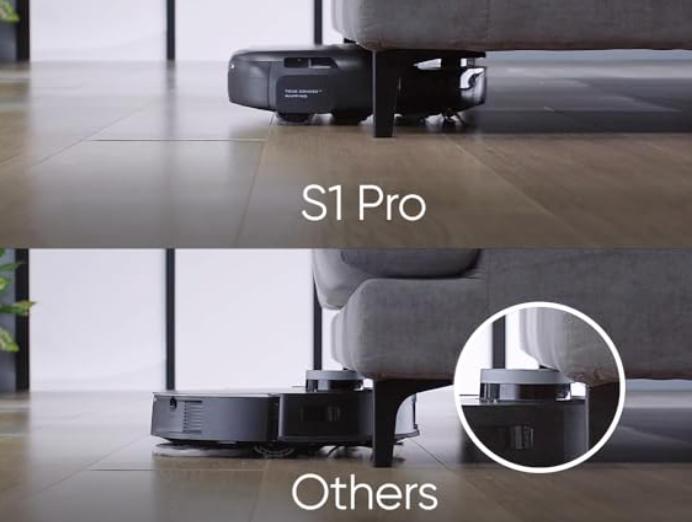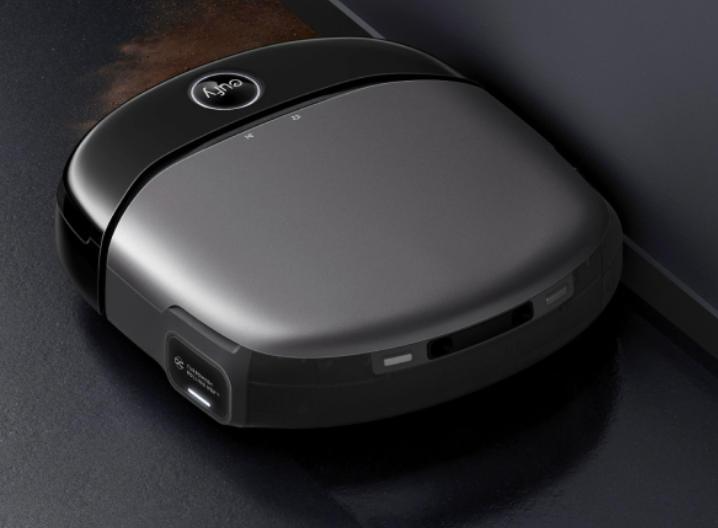How Do You Protect Wool Rugs from Carpet Beetles?
Wool rugs bring warmth, artistry, and durability to homes, but they also attract carpet beetles. These pests target natural fibers, chewing tiny holes that can quickly spread across valuable textiles. Protecting rugs requires a combination of preventive cleaning, careful storage, and ongoing monitoring. It is not about one-time fixes but steady practices that deny larvae both food and shelter. Regular vacuuming, high-heat laundry for surrounding textiles, and secure storage during off-seasons form the foundation. Tools such as intelligent cleaning systems, combined with smart habits, simplify this process. This article explores methods to safeguard wool rugs and ensure they remain vibrant for years.

Smart Cleaning Strategies for Wool Rugs
Cleaning That Targets Hidden Fibers
Vacuuming is the single most effective way to protect wool rugs from carpet beetles. Larvae thrive on lint, hair, and crumbs trapped in fibers. Use a vacuum with strong suction and a crevice attachment to cover edges where insects often hide. Flip the rug occasionally and vacuum the underside as well as the floor beneath. Regular cleaning denies beetles the organic debris they depend on. For families with busy routines, scheduling weekly passes ensures rugs never stay neglected long enough to invite damage.
Benefits of Robotic Assistance
Manual vacuuming is important, but technology adds consistency. The eufy Robot Vacuum Omni S1 Pro helps by covering high-traffic areas daily and reaching corners that might otherwise collect lint. With its corner-to-edge cleaning and powerful suction, it prevents buildup before larvae can feed. The mop retracts automatically on carpets, so your wool rugs stay protected while surrounding floors receive thorough care. Integrating a tool like this into your routine keeps protection seamless without demanding extra effort.
Washing Nearby Fabrics to Cut Food Sources
Rugs do not exist in isolation. Surrounding textiles—throws, curtains, and cushions—also accumulate organic matter that supports larvae. Wash these fabrics regularly according to their care labels. Hot water and high-heat drying destroy eggs and larvae when safe for the material. For delicate fabrics, dry cleaning is effective. By reducing alternative food sources, you make wool rugs less attractive targets. This multi-layered approach strengthens overall protection.
Storage And Seasonal Protection
Clean Before You Store
If you rotate rugs by season, always clean them thoroughly before storage. Vacuum both sides, launder small pieces, or have larger rugs professionally cleaned. Residual food debris or unnoticed larvae can spread inside a storage bin. Once cleaned, allow rugs to dry completely before sealing them. Moisture attracts pests and can also cause mold, creating additional damage risks.
Sealed Containers And Breathable Covers
Storage containers matter. For long-term protection, choose airtight bins for smaller rugs. For larger rugs, roll them with acid-free paper and cover them with breathable cotton or muslin sleeves. This creates a physical barrier that prevents beetles from accessing fibers while still allowing airflow. Avoid plastic bags, which can trap moisture. Label containers clearly, so rugs are easy to identify and rotate when needed.
Choosing The Right Storage Environment
Where you store matters as much as how. Keep wool rugs in dry, cool spaces away from direct sunlight. Avoid basements and attics that experience wide temperature fluctuations. A consistent climate discourages insects. If possible, elevate storage containers off the floor to reduce contact with dust-prone areas. Pairing proper containers with a stable environment ensures wool rugs emerge from storage in the same condition they entered.
Long-Term Monitoring And Integrated Care
Inspections For Early Detection
Inspection should be routine rather than occasional. Every few weeks, check rugs for fraying fibers, irregular holes, or fine dust that signals larvae activity. Look beneath the rug edges and in shaded spots under furniture legs. Catching issues early prevents small populations from becoming infestations. Even a five-minute inspection loop while doing household chores can make a significant difference.

Household Habits That Keep Pests Away
Simple habits reinforce rug protection. Avoid eating directly on rugs, as crumbs attract insects. Shake out small rugs outdoors every few weeks to dislodge hidden debris. Rotate rugs seasonally within rooms so high-traffic areas wear evenly and pests have fewer undisturbed zones. Keep windows screened to reduce beetle entry. Encourage household members to keep shoes and pet bedding clean, since both can carry larvae indoors.
Complementary Technology For Daily Hygiene
Consistent floor care is easier with technology. The eufy Robot Vacuum Omni S1 Pro offers precision mapping, powerful suction, and automatic mop retraction. Its design helps manage both visible debris and the fine organic particles that larvae thrive on. By combining intelligent cleaning with routine human inspection, you create overlapping layers of protection. This reduces the likelihood of needing aggressive treatments later. For households seeking how to get rid of carpet beetles, prevention anchored by daily cleaning often proves to be the most effective solution.
Conclusion
Protecting wool rugs from carpet beetles depends on steady effort, not quick fixes. Smart cleaning, from weekly manual vacuuming to daily robotic assistance, removes the fibers and lint larvae need. Thoughtful storage with airtight bins, breathable covers, and dry environments keeps seasonal rugs safe when not in use. Routine inspections and small household habits further reinforce protection. Technology such as the eufy Robot Vacuum Omni S1 Pro makes daily care nearly effortless by covering edges, corners, and high-traffic zones consistently. Together, these steps form a practical system that preserves the beauty and longevity of wool rugs while minimizing pest risks in your home.
